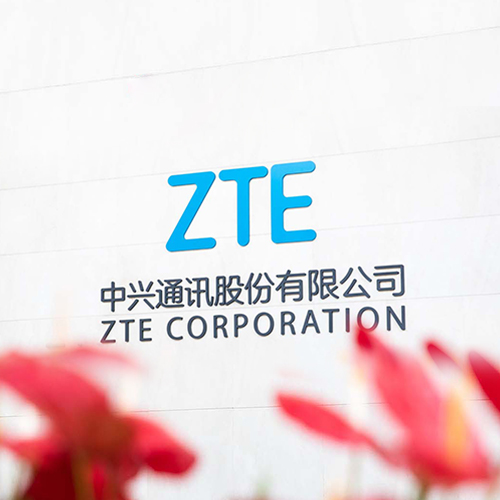8 April 2021, Shenzhen, China - At CUBE-Net3.0 network innovation forum held by China Unicom, Huang Bing, Director of Technical Planning Dept. at ZTE Corporation, delivered a speech entitled "Visions and Challenges of Computing-Network Integration".
With the advent of the 5G era, computing-network integration, network interconnection and high-precision network have become the three visions of the future networks. The computing-network integration integrates the basic information resources of computing, storage, networking to offer services for the applications, improving service quality and making efficient use of resources. The two driving forces for the integration are edge computing and distributed computing. With the application of emerging services such as Industry of Internet and AI, network edge computing and on-site edge computing will deliver flexible easy-access computing services.
Therefore, the coordination of distributed resources becomes inevitable as the 5G computing power moves down to the edge. And the distributed computing services, such as WAN federal learning and block-chain Homomorphic Encryption, require optimal allocation of networks and computing power for inter-DC network connections. No longer limited to Data Centers, distributed computing brings forward higher performance requirements for other nodes in the entire network.
Cloud, network and application are relatively independent of the others. Application needs to invoke computing and network resources separately, but it cannot collaborate and optimize them. Cloud and network are interconnected through low-coupling open interfaces, which cannot provide high-quality services. Thus, the computing-network integration will be the future network development direction. Computing and network are deeply integrated to offer applications with integrated computing-network infrastructure to meet high-performance and high-security service requirements.
ZTE has come up with the solutions to meet the technical challenges of the computing-network integration, such as computing power resource measurement, computing power application perception, as well as computing power resource distribution and scheduling. The company has also worked closely with mainstream Chinese operators and industry partners to actively carry out technical research, standard development, and prototype development. It is estimated to verify POC (Proof of Concept) of typical application scenarios in the existing network in the second half of 2021, including elastic computing and value-added cloud service.
With the rapid development of 5G, ZTE will continue to team up with its partners to deepen its research on computing-network integration and other related fields, serving a wide range of industries and helping operators achieve commercial success in the 5G era.



